Tiny Antarctic Zooplankton: Unsung Heroes in the Fight Against Global Warming
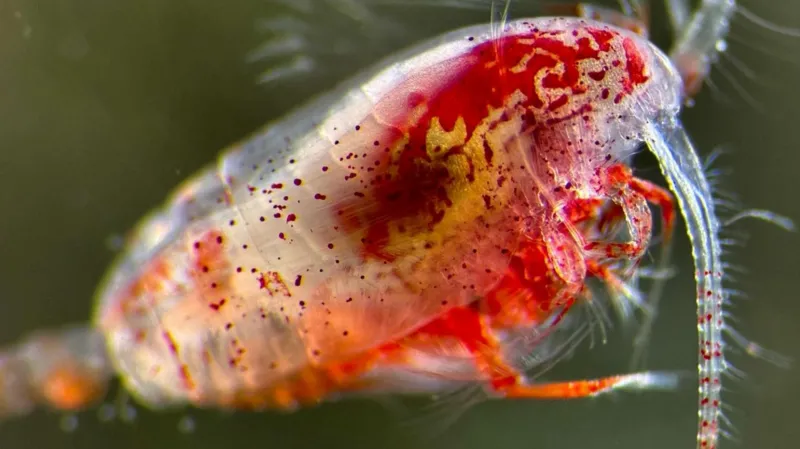
Unsung Heroes of the Deep: How Tiny Antarctic Zooplankton Combat Global Warming
In the vast, icy expanse of Antarctica’s Southern Ocean, a remarkable natural process is unfolding, driven by some of the planet’s smallest inhabitants. Tiny creatures, often overlooked and primarily known as aquarium food, are playing a monumental role in mitigating global warming. New research reveals that these zooplankton, particularly copepods, krill, and salps, are engaging in an epic annual migration that effectively locks away vast quantities of atmospheric carbon, significantly cooling our planet.
These “unsung heroes” undertake a crucial life cycle: they feast on phytoplankton at the ocean’s surface during the Antarctic spring, accumulating substantial fat reserves. Then, as winter approaches, they embark on a profound descent, migrating hundreds of meters, and in some cases kilometers, into the frigid depths of the ocean. It is here, in the deep sea, that they slowly metabolize their stored fat. This process, while releasing carbon dioxide, sequesters it in the deep ocean, where it remains isolated from the atmosphere for decades, if not centuries, thereby preventing further warming.
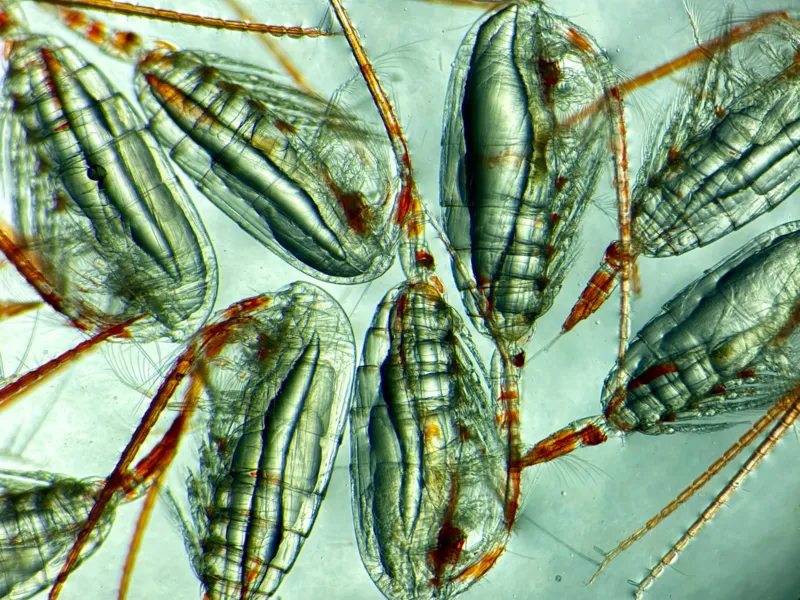
The scale of this natural carbon sequestration is astonishing. Scientists estimate that this “seasonal vertical migration pump” transports an estimated 65 million tonnes of carbon annually to depths of at least 500 meters. This figure is comparable to the annual emissions of roughly 55 million petrol cars, highlighting the critical contribution of these small organisms to climate regulation. Lead author Dr. Guang Yang from the Chinese Academy of Sciences notes that these findings necessitate a re-evaluation of the Southern Ocean’s capacity for carbon storage.
Dr. Jennifer Freer from the British Antarctic Survey emphasizes the often-underappreciated nature of these creatures. “The animals are an unsung hero because they have such a cool way of life,” she states, contrasting their vital role with the more celebrated Antarctic fauna like whales and penguins. These microscopic marvels, distantly related to crabs and lobsters, spend much of their lives in a dormant state in the deep ocean, only ascending to feed and reproduce. Microscopic examination reveals their bodies laden with fat stores, appearing as translucent, cigar-shaped deposits and distinct fat bubbles within their heads.
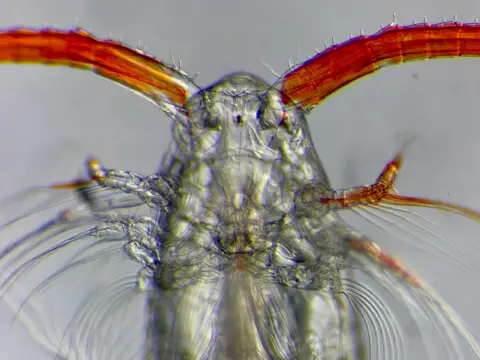
Globally, oceans absorb approximately 90% of the excess heat generated by human activities. The Southern Ocean alone accounts for about 40% of this heat absorption, a significant portion of which is attributed to the activities of zooplankton. While scientists were aware of the carbon sequestration through the sinking of zooplankton waste, the contribution from their vertical migration was not previously quantified. The latest research, utilizing data spanning back to the 1920s, confirms the immense significance of this biological process.
Prof. Daniel Mayor from the University of Exeter, who was not directly involved in the study but has extensively photographed Antarctic zooplankton, likens their fat reserves to “battery packs.” He explains that when these creatures descend into the deep ocean for winter, they burn this stored fat, releasing CO2. Crucially, because this release occurs at such depths, the CO2 takes a very long time to return to the atmosphere, thus playing a vital role in mitigating climate change.
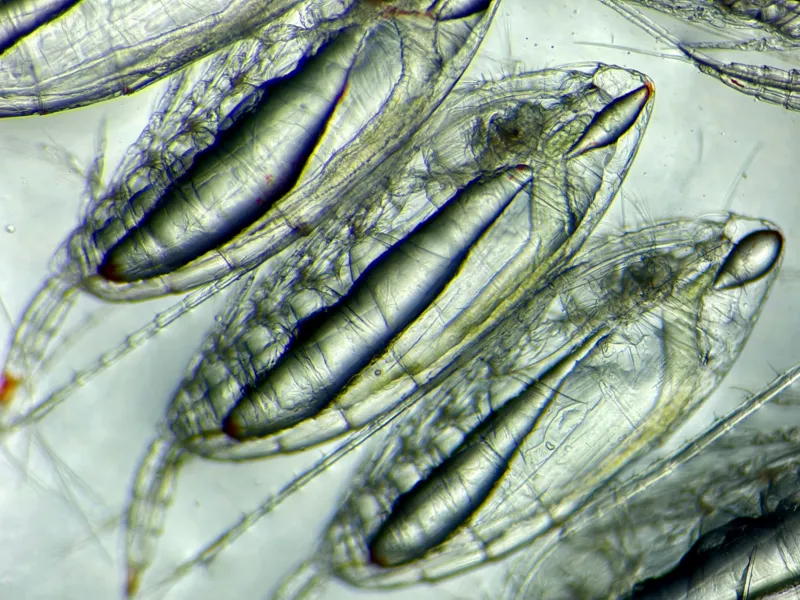
However, the future of these vital ocean inhabitants is under threat. Rising ocean temperatures, a direct consequence of climate change, and the increasing commercial harvesting of krill pose significant risks. Environmental campaigners have voiced concerns over krill fishing, which saw nearly half a million tonnes harvested in 2020, as highlighted in recent documentaries. Disruptions to ocean layers and extreme weather events further exacerbate these threats, potentially diminishing zooplankton populations and, consequently, their capacity to store carbon in the deep ocean.
Scientists are urging that these new findings be integrated into climate models to improve predictions of future global warming. The research, published in the journal *Limnology and Oceanography*, underscores the indispensable role of marine ecosystems in regulating our planet’s climate. Without the continuous efforts of these tiny creatures, atmospheric carbon dioxide levels could be double what they are today, a stark reminder of the delicate balance that sustains our world.
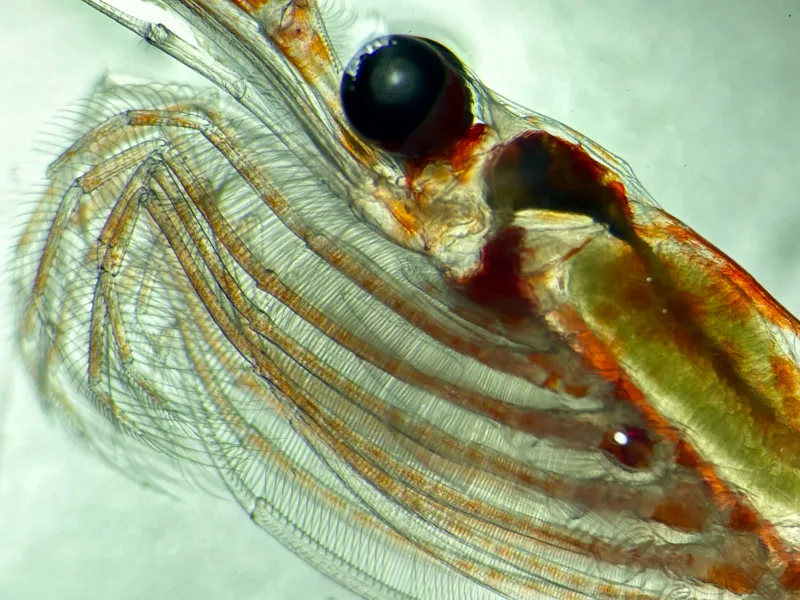
The scientific community continues its efforts to fully comprehend the intricacies of the zooplankton migration cycle. Researchers like Dr. Freer and Prof. Mayor recently spent two months aboard the Sir David Attenborough polar research ship, meticulously collecting and analyzing zooplankton samples under controlled conditions to better understand their behavior and physiology. These dedicated efforts highlight the ongoing quest to unravel the mysteries of the deep ocean and its profound impact on our climate.

Understanding these natural processes is paramount, especially as we face the escalating challenges of climate change. The remarkable carbon sequestration performed by these minuscule marine organisms serves as a powerful testament to the intricate and often hidden mechanisms that maintain planetary health. Protecting these populations and their habitats is not merely an environmental concern; it is a critical strategy in the global effort to combat climate change.
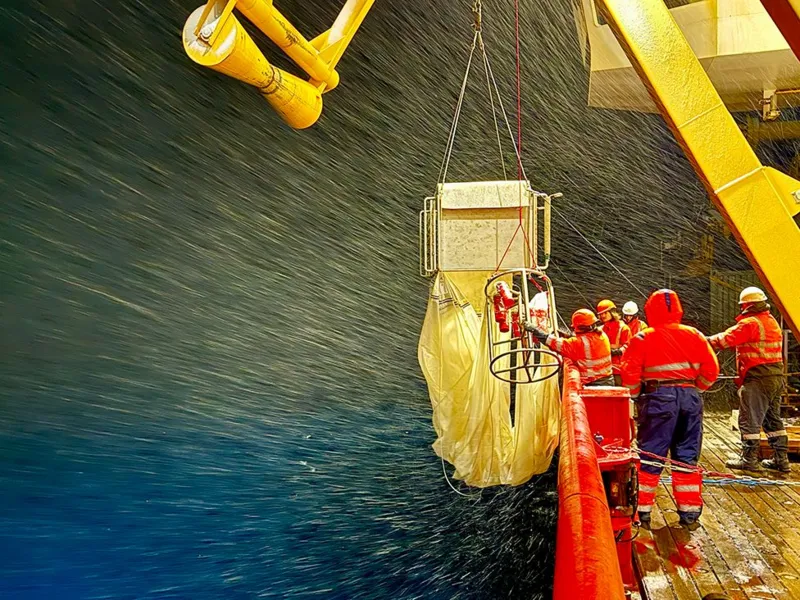
The research provides critical data that should inform global climate policies and models. As Professor Angus Atkinson aptly puts it, “If this biological pump didn’t exist, atmospheric CO2 levels would be roughly twice those as they are at the moment. So the oceans are doing a pretty good job of mopping up CO2 and getting rid of it.” These findings underscore the urgent need for conservation efforts in the Southern Ocean and a broader appreciation for the vital role of marine life in sustaining our planet.
For more insights into climate and environment news, consider signing up for the Future Earth newsletter.
Post Comment